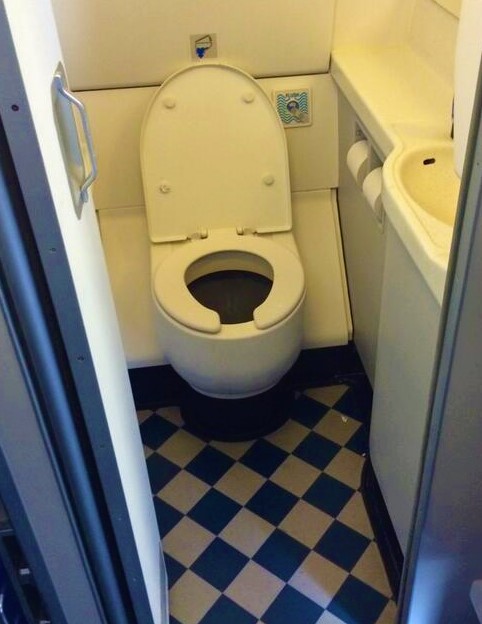


While celebrating the 33rd Anniversary of the passing of the Americans with Disabilities Act, U.S. Department of Transportation (DOT) has issued a new rule to improve accessibility in air travel, including requiring airlines to install Lavatories , those can accommodate wheelchair users.
U.S. Department of Transportation (DOT) press release read,
On the 33rd anniversary of the Americans with Disabilities Act (ADA), the U.S. Department of Transportation (DOT) today announced a new rule which requires airline lavatories to be more accessible.
U.S. Department of Transportation (DOT) also made it clear that the rulemaking is backed by the Air Carrier Access Act (ACAA), and they require airlines to ensure that at least one lavatory on new single-aisle aircraft with 125 or more passenger seats is large enough to permit a passenger with a disability (with the help of an assistant, if necessary) to approach, enter, and maneuver within the aircraft lavatory, as necessary, to use all lavatory facilities and leave by means of the aircraft's on-board wheelchair.
This rulemaking, authorized by the Air Carrier Access Act (ACAA), would require airlines to make lavatories on new single-aisle aircraft large enough to permit a passenger with a disability and attendant, both equivalent in size to a 95th percentile male, to approach, enter, and maneuver within as necessary to use the aircraft lavatory.
Vice President Kamala Harris and U.S. Transportation Secretary Pete Buttigieg previewed this rule at a White House ADA Anniversary event earlier this month.
“Traveling can be stressful enough without worrying about being able to access a restroom; yet today, millions of wheelchair users are forced to choose between dehydrating themselves before boarding a plane or avoiding air travel altogether,” said U.S. Transportation Secretary Pete Buttigieg.
“We are proud to announce this rule that will make airplane bathrooms larger and more accessible, ensuring travelers in wheelchairs are afforded the same access and dignity as the rest of the traveling public.”
Single-aisle aircraft are increasingly being used by airlines for long-haul flights because the fuel efficiency and range of the aircraft have improved. The percentage of flights between 1,500 and 3,000 miles flown by single-aisle aircraft increased from 77 percent in 1997 to 89 percent in 2018.
These flights can last four or more hours. At present, there is no requirement that airlines provide accessible lavatories on single-aisle aircraft.
Airlines are required to provide information on whether the aircraft expected to make a particular flight has an accessible lavatory to an individual with a disability who states that he or she uses a wheelchair for boarding.
The inability to access and use the lavatory on long flights can present significant challenges to passengers with disabilities and poses a deterrent for some passengers with disabilities to traveling by air, limiting their independence and freedom to travel.
As per U.S. Department of Transportation, announcement made Today , builds on the Biden-Harris Administration’s major investments in making infrastructure more accessible , such as:
The rule can be found at https://www.transportation.gov/airconsumer/latest-news and at regulations.gov, docket number DOT-OST-2021-0137.
For information about airline passenger rights, as well as DOT’s rules, guidance and orders, the Department’s aviation consumer website can be found at https://www.transportation.gov/airconsumer.
